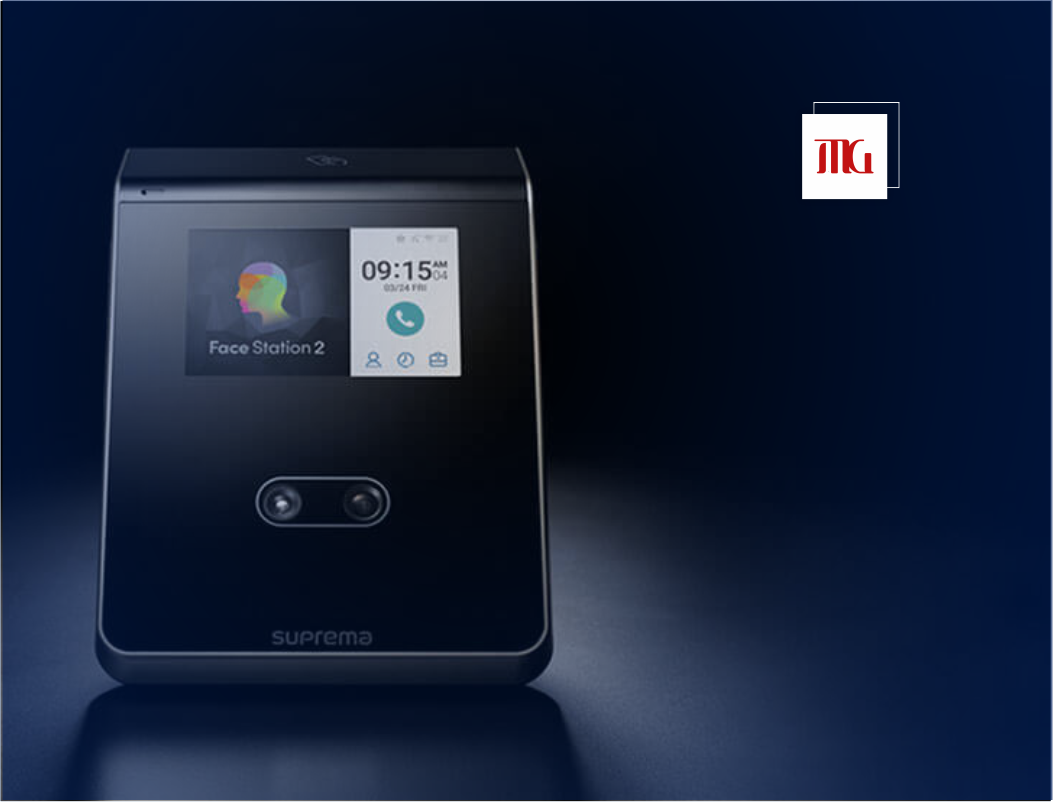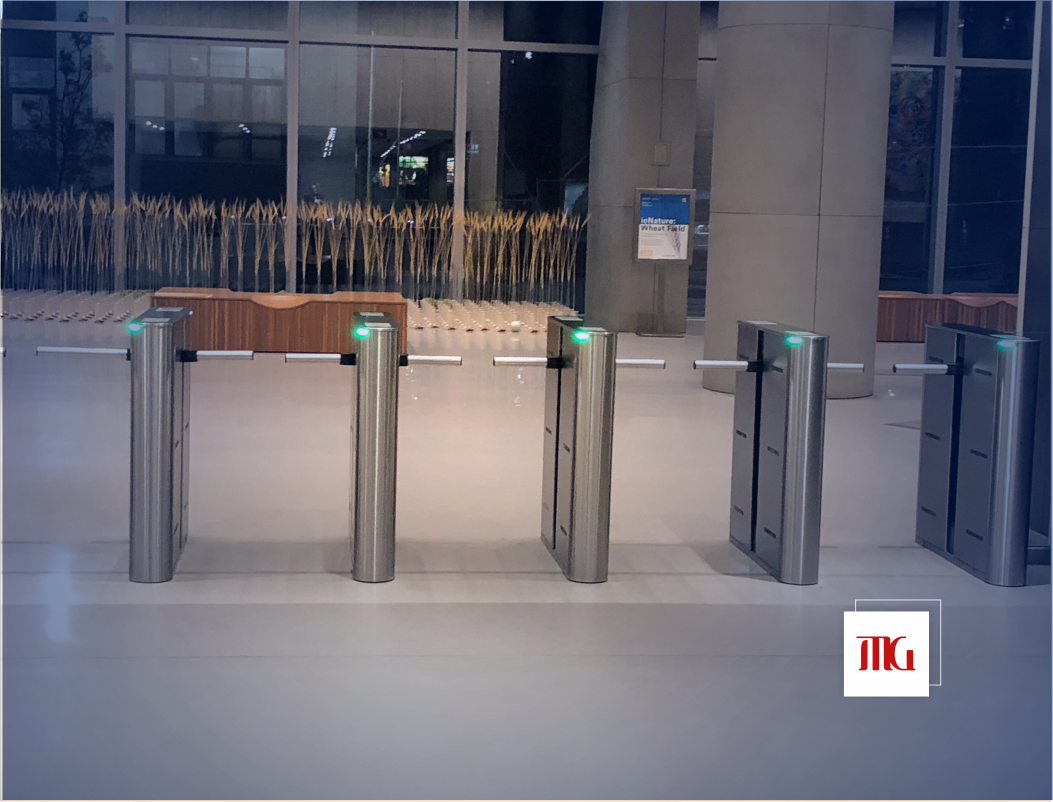The Types of Access Control Systems
An Access Control System can be helpful if your company is one of the many that require additional protection to protect a variety of assets. Understanding the various kinds of access control systems is crucial, regardless of whether you’re trying to upgrade your existing setup or are a first-time buyer. Access control systems have changed as technology has progressed.
What kinds of systems are there for access control? Cloud-based, mobile-based, and Internet of Things-based are some of the several types of access control systems. Three management approaches are also available for access control systems: Mandatory Access Control (MAC), Discretionary Access Control (DAC), and Role-Based Access Control (RBAC).
Numerous choices must be taken in order to design the ideal access control system for you. To make sure that your system is appropriately created for your organization and its demands, it’s critical to understand the differences between the many types of systems and setups that are accessible.
Access Control System Types
Technology has advanced significantly over the years in the area of access control systems, resulting in the development of cloud-based, mobile, and Internet of Things access control systems. You may choose the best solution for your company’s access control system by being aware of these three options.

Cloud-Based or Web-Based
Another name for cloud-based access control is web-based access control. This indicates that your system is hosted online, giving it more flexibility. Data is permanently backed up and stored securely on a distant server (the cloud).
For firms that rely significantly on technology, cloud-based access control can offer digital access management in addition to the convenience of using a smartphone to enter a physical location. Because of how affordable and simple to use it is, its popularity has recently increased.
It is an easy-to-use and straightforward architecture type that is a great fit for a wide range of businesses and needs because you can use it for anything from unlocking a door to accessing a digital document using any device that can access the internet, such as a smartphone, tablet, computer, etc.
Mobile-Based
Mobile technology is used by mobile-based access control systems to provide system access. Smartphones and other smart devices can be used to get access to locations, buildings, and digital data. For example, you can use your phone to access and collaborate on protected documents, or you can use it to keep your keycard.
The use of mobile devices, like smartphones or tablets, as login credentials for restricted areas or resources inside an enterprise is known as mobile-based access control. This method makes use of the capabilities and widespread use of mobile devices to offer practical, safe, and adaptable access control solutions.
Mobile-based access control systems frequently use wireless communication technologies like Bluetooth, NFC (Near Field Communication), or QR codes to make authorization and authentication processes easier. The use of mobile devices is at an all-time high, therefore mobile-based access control fits in well with the culture and working methods of your business. It can be combined with other access techniques as well.

IoT-Based
The Internet of Things, or IoT, is a novel kind of access control that builds its system around distinct IP networks. Since every “thing” is connected to the same IP network, human intervention is unnecessary because groups of computers can communicate with one another inside of a private, secure network. Internet of Things (IoT) technology is used by an IoT-based access control system to provide a networked and intelligent access control solution.
This method makes use of cloud-based platforms, sensors, and networked devices to improve security, streamline operations, and offer insights on user behavior. Groups of objects, or computers, are given IP addresses by system managers; in an access control system, these can include the lock, the lock management system, the card reader, and more.
Access Control Management Types
Different management types for access control systems exist in addition to the many types of access control systems themselves. Three methods are available for managing access to company assets: Mandatory Access Control (MAC), Discretionary Access Control (DAC), and Role-Based Access Control (RBAC).
Role-Based Access Control (RBAC)
An owner or manager of a firm can categorize and set various degrees of access according to a role using Role-Based Access Control, or RBAC For short. Upon addition to the system, each user is given a role that corresponds to a specific level of access. Under Role-Based Access Control (RBAC), individuals with identical roles or titles possess equal access rights.
The further degrees of flexibility and customization that make RBAC one of the most widely used system types. Rather than identifying each person’s level of access, you may give it to a certain position, which makes things easier for the management. It also lets you build bespoke access to distinct roles.

Mandatory Access Control (MAC)
A security concept called Mandatory Access Control (MAC) is used in computer networks and systems to impose stringent access control policies that are based on preset rules and classifications. MAC enforces limitations imposed by system administrators or security policies, in contrast to discretionary access control (DAC), which gives users authority over the permissions of their own resources.
Under the need-to-know principle, which governs MAC operations, decisions about access are based on the sensitivity of the data as well as the security clearance of people and processes. This is the strictest form of management, and it is frequently observed in organizations that handle extremely private information.
The only person who can administer any part of the system in a mandatory access control configuration is the system manager or business owner, and they must designate each user’s level of access. The degree of access that users have cannot be altered.
Discretionary Access Control (DAC)
Among management types, Discretionary Access Control (DAC) is the least restrictive. Every individual who is classified as having approved access is granted the same level of access by DAC. Who is permitted physical and digital access to a building, area, or location is determined by the system manager or business owner.
The system owner or manager can transmit data or objects via DAC, after which they can specify which group has access to them and what they can do with them. Furthermore, end users have the option to share assets with other users, raising security issues.
Conclusion
Many types of enterprises require access control. Sometimes an access control system secures the entire facility, and other times it’s just for a room or a set of papers. When it comes to the design, installation, and upkeep of your access control system, PTR is here to be your partner, whether you operate an office building, a multi-dwelling development, an industrial site, or something else entirely.
In order to establish steadfast security for your company, we can assist you in making the appropriate selections regarding equipment purchases, brand loyalty, and authentication methods. We can also assist you in integrating your system with other business technologies. With our assistance, you may rest easy knowing that some of your company’s assets are safeguarded appropriately.



